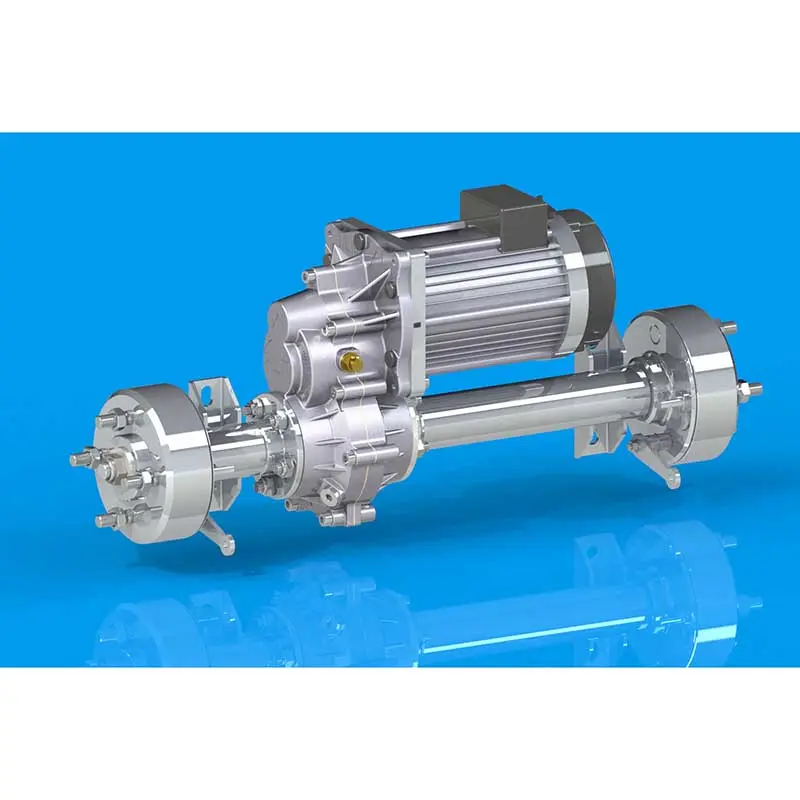Transaxles are a critical component of many modern vehicles and offer a variety of benefits that help improve a vehicle’s overall performance and efficiency. Understanding the benefits of a transaxle can help drivers and car enthusiasts realize the importance of this important component.
First, a transaxle combines the functions of the transmission, axle and differential into a single integrated unit. This design offers several advantages over traditional split gearbox and axle setups. One of the main benefits is improved weight distribution. By combining the transmission and axle into a single unit, weight can be distributed more evenly across the vehicle, enhancing handling and stability. This is especially beneficial for front-wheel drive vehicles because the transaxle is located at the front of the car, helping to balance weight distribution between the front and rear wheels.
In addition, integrating the transmission and axle in the transaxle saves space and enables a more compact design. This is advantageous in smaller vehicles where space is at a premium. The compactness of the transaxle also improves fuel efficiency by reducing the overall weight of the vehicle and minimizing the power losses associated with transferring power from the engine to the wheels.
Another advantage of the transaxle is its simplified driveline layout. By combining the transmission and axle into a single unit, fewer components are required to transmit power from the engine to the wheels. This results in less complexity, easier maintenance, and potentially lower manufacturing costs. The simplified driveline layout also helps improve reliability and durability because there are fewer potential points of failure than with a traditional gearbox and axle setup.
Furthermore, integrating the differential into the transaxle unit offers advantages in terms of space efficiency and reduced power losses. The differential is responsible for allowing the wheels to spin at different speeds when cornering, and by incorporating it into the transaxle, the entire drivetrain can be more compact and efficient. This improves performance and better utilizes engine power, ultimately enhancing the driving experience.
In addition to these mechanical advantages, the transaxle also helps improve vehicle dynamics. Integration of the transmission and axle allows for a lower center of gravity, enhancing stability and cornering ability. This is particularly beneficial for sports cars and performance-oriented vehicles, where precise handling and agility are crucial.
Additionally, the transaxle design promotes better weight distribution between the front and rear wheels, improving traction and overall driving dynamics. This is especially beneficial for front-wheel drive vehicles because the transaxle is located at the front of the car, helping to balance weight distribution and optimize traction, thereby improving performance and handling.
From a manufacturing and assembly perspective, integrating the transmission and axle into a single transaxle unit simplifies the production process and reduces the overall complexity of the drivetrain assembly. This can save costs and make the manufacturing process more efficient, ultimately benefiting automakers and consumers.
In summary, the advantages of a transaxle are numerous and significant. From improved weight distribution and space savings to simplified drivetrain layout and enhanced vehicle dynamics, integrating transmission, axle and differential into a single unit offers a range of advantages that help improve the overall performance of modern vehicles , efficiency and driving experience. As automotive technology continues to evolve, the transaxle remains a vital component, playing a key role in shaping the functionality and characteristics of the vehicles we drive.
Post time: May-15-2024


